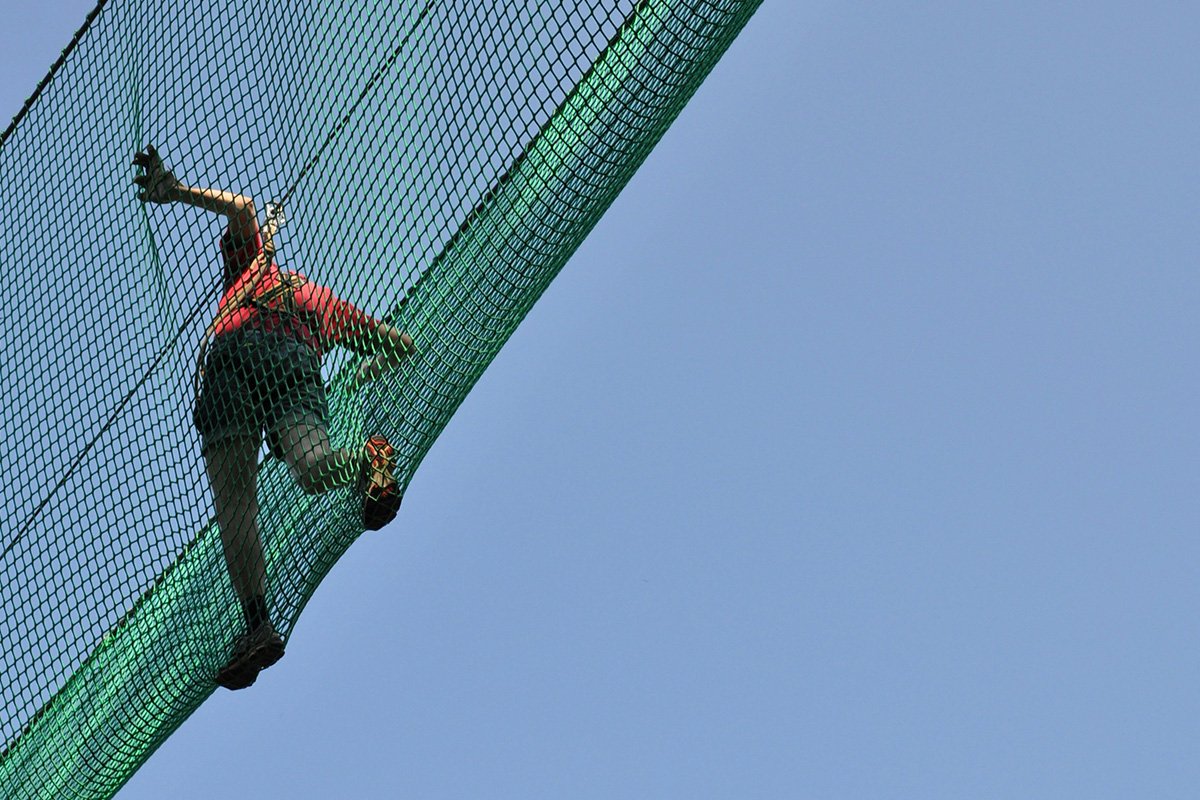
“It’s hard to make an IRS auditor laugh,” Brett Kappel, a lawyer who advises nonprofit groups…said in an email. “But this would do it.”
Donald Trump bought a painting of himself at a charity auction in 2014, making the purchase using a check drawn on the Trump Foundation. Media inquiries about just how the foundation used the painting went unanswered. A Univision news anchor found the painting last week: It was hanging on the wall of the Champions Bar and Grill at the Trump National Doral golf resort in Florida. In short, “a portrait paid for by a charity was decorating the wall of Trump’s for-profit business.”
Trump campaign adviser Boris Epshteyn has a unique explanation why this isn’t a classic case of “self-dealing,” where a charity enters into a transaction for the benefit of one of its insiders, a “disqualified person” in IRS terminology. The painting isn’t being displayed; it’s being stored.
In fact, Epshteyn explains, Trump is doing the foundation a favor by not charging the Trump Foundation storage rental fees for having the foundation’s painting hang on the bar’s wall. “He’s doing a good thing for his foundation.” Cue the laughter.
If the painting were truly being stored on Trump property, boxed up in a closet rather than being displayed, and if no storage fees were being charged by Trump, there wouldn’t be a problem with self-dealing, according to the Post article. However, the IRS revenue ruling on artwork and self-dealing dates from 1974.
Sign up for our free newsletters
Subscribe to NPQ's newsletters to have our top stories delivered directly to your inbox.
By signing up, you agree to our privacy policy and terms of use, and to receive messages from NPQ and our partners.
Section 4941(d)(1)(E) of the [Internal Revenue] Code provides that the term ‘self-dealing’ means any direct or indirect transfer to, or use by or for the benefit of, a disqualified person of the income or assets of a private foundation.
Although the foundation’s paintings are sometimes made available for public viewing, this placement in the residence of the disqualified person results in a direct use of the foundation’s assets by or for the benefit of the disqualified person.
Accordingly, the display of paintings under the circumstances described above constitutes an act of self-dealing under section 4941(d)(1)(E) of the Code.
On a technical note, the Donald J. Trump Foundation (GuideStar report and access to IRS Form 990 reports here) is a private foundation. All 501(c)(3) organizations are classified as private foundations unless they can demonstrate they are public charities (what most people think of as a nonprofit), usually by showing they receive the bulk of their revenue from public contributions and/or government grants. The IRS regulations governing private foundations are more strict than those applied to public charities because the more self-contained nature of private foundations is believed to make them more vulnerable to bad acts by insiders.
When the Post asked what charitable purpose would be found for the foundation’s painting, the Trump campaign didn’t respond. It is unknown whether the painting is still on display…er, stored in the resort’s bar. Also unknown is the location of two other items purchased at charity auctions by Donald Trump using Trump Foundation funds—a six-foot painting of himself ($20,000) and a football helmet autographed by Tim Tebow ($12,000). It would be reasonable to ask these questions to the Trump Foundation itself, but as NPQ noted in a newswire this week, the foundation reports having no paid staff and no paid legal or tax advisors.—Michael Wyland











